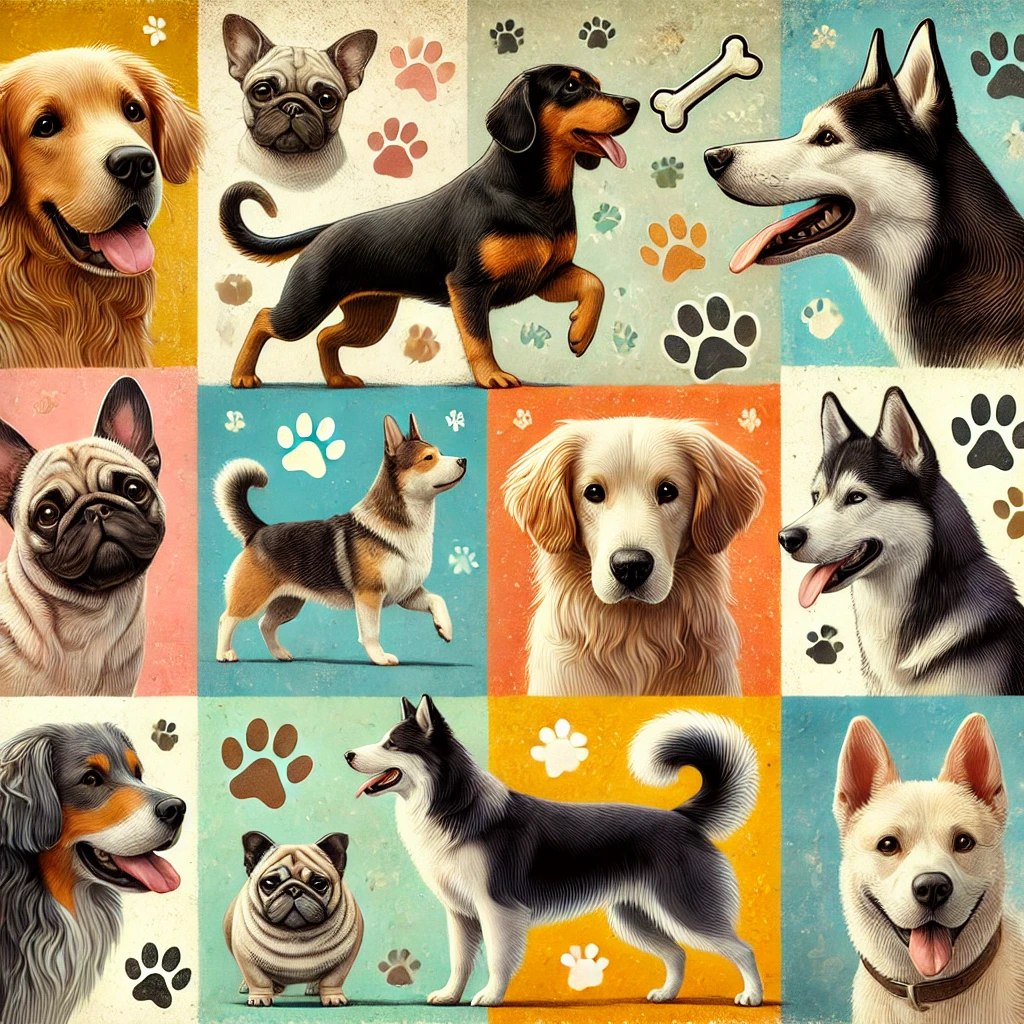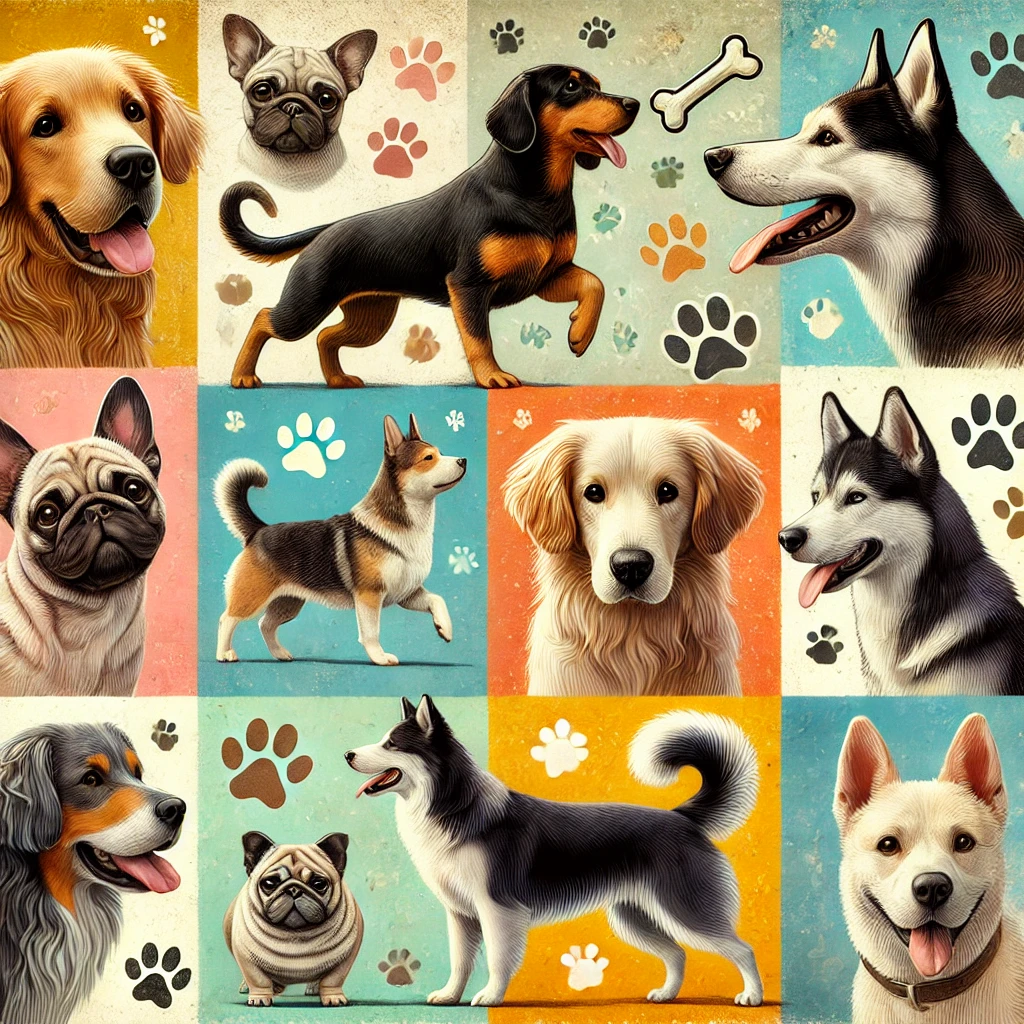Exploring Different Dog Breeds

Training your dog is not just about teaching commands—it’s about building a bond based on trust, understanding, and mutual respect. Whether you have a playful puppy or a mature dog, effective training sets the foundation for a happy and well-behaved pet. Here are some essential tips to get you started on the path to successful dog training.
1. Start with Basic Commands Begin with fundamental commands like sit, stay, come, and leave it. These commands form the basis of your dog’s training and are essential for their safety. Use positive reinforcement techniques such as treats, praise, and affection to encourage good behavior.
2. Consistency is Key Dogs thrive on routine and consistency. Ensure that everyone in the household uses the same commands and training methods. This will prevent confusion and help your dog learn more quickly.
3. Use Short and Fun Training Sessions Keep training sessions short, ideally 10-15 minutes, to maintain your dog’s attention. Make training enjoyable by incorporating games and play. This keeps your dog engaged and motivated.
4. Socialization Expose your dog to various environments, people, and other animals. Proper socialization helps your dog become well-adjusted and reduces the likelihood of behavioral issues.
5. Be Patient and Positive Training takes time and patience. Avoid punishing your dog for mistakes. Instead, focus on rewarding positive behavior. A positive and encouraging approach will foster a strong bond between you and your dog.
6. Gradual Progression Once your dog masters basic commands, gradually introduce more advanced training. This can include tricks, agility training, or even specialized tasks. Always build on what your dog has already learned.
7. Seek Professional Help if Needed If you’re facing challenges or need additional guidance, don’t hesitate to seek help from a professional dog trainer. They can provide personalized advice and techniques to address specific issues.
Conclusion Training your dog is a rewarding journey that enhances your relationship and ensures a harmonious home. With patience, consistency, and positive reinforcement, you’ll be able to teach your dog valuable skills and create a lifelong bond. Remember, training is not just about obedience—it’s about creating a happy and confident companion.
T
5. Beagle Beagles are small hounds with a keen sense of smell. Originally bred for hunting, they are curious, energetic, and good-natured. They require plenty of exercise and mental stimulation, making them ideal pets for active families.
6. Poodle Poodles come in three sizes: standard, miniature, and toy. They are known for their intelligence, elegance, and hypoallergenic coat. Poodles excel in obedience and agility sports, and their friendly nature makes them great family pets.
7. Siberian Husky Siberian Huskies are energetic and resilient dogs known for their thick coat and striking blue eyes. Bred to work in packs, they are friendly and social but require plenty of exercise. They are best suited for active owners who can provide them with mental and physical challenges.
8. Dachshund Dachshunds, with their long bodies and short legs, are playful and courageous. They come in different coat types: smooth, longhaired, and wirehaired. Originally bred to hunt badgers, they are tenacious and enjoy digging and exploring.
Conclusion Each dog breed has its own unique traits and history, contributing to the rich diversity of the canine world. Whether you’re looking for a playful companion, a working partner, or a loyal friend, there’s a dog breed that’s perfect for you. Understanding these differences can help you choose the right breed that matches your lifestyle and preferences.

